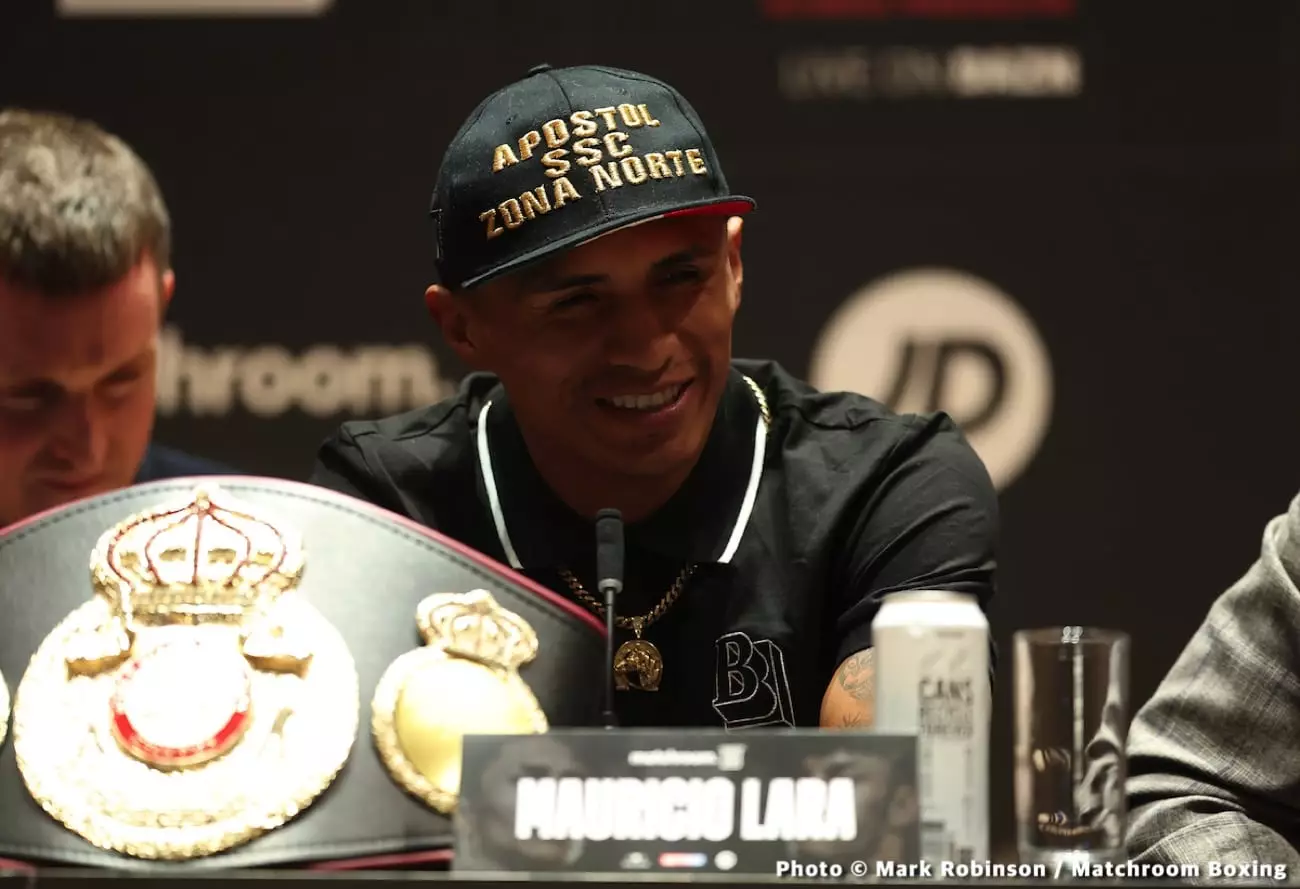The world of professional boxing is presently haunted by a grim specter: doping scandals that tarnish the reputations of fighters and the integrity of the sport. As attention increasingly shifts to these controversies, the recent revelation of Maurico Lara, the former WBA featherweight champion, facing a doping ban, brings to light not just the individual failings of the athlete but also the systemic issues that allow such misconduct to proliferate. Lara tested positive for betamethasone, a substance that is banned during competition due to its glucocorticoid properties. This situation is neither isolated nor new; indeed, it reflects a recurrent narrative that threatens the very foundation of boxing.
Understanding the Scandal
Lara’s fall from grace is deeply troubling, especially given the prominence he had recently achieved in the sport. His positive test came from an injection administered prior to a highly anticipated fight against Leigh Wood in May 2023. Initially, Lara’s failure to weigh in at the 126-pound limit—ballooning to 129.8 pounds—raised eyebrows and questions about his readiness to compete fairly. Some voiced concerns even before the failed test results were revealed, suggesting he should have been disqualified from that bout altogether. In boxing, where the stakes are high and reputations are made and broken in the ring, such transgressions resonate far beyond individual careers—they catalyze a wider discourse on the ethical complexities involved in competitive athletics.
But it was not simply the act of using a banned substance that casts a shadow over Lara’s reputation; it’s the calculated choice to seek performance enhancements for an edge in the ring. While the injection was claimed to be for relieving a shoulder injury, the accessibility of performance-enhancing drugs and their allure in high-stakes environments amplify concerns about accountability in boxing. It raises the question of whether there is justification behind the choice to cheat if one has an injury—a dilemma many athletes face but must navigate responsibly.
The Fallout and Future Consequences
The two-year suspension imposed on Lara, set to begin in March 2024, will have lasting repercussions not only on his career but also on how he is perceived as a fighter. Although Lara managed to engage in three subsequent fights in Mexico—where anti-doping enforcement is notably lax—his actions carry significant weight within the international boxing community. His victories during this period, constituting a draw and two wins, come under a dark cloud of suspicion, accentuated by the fact that his return to the ring follows a blatant disregard for the rules of the sport.
The broader implications of Lara’s case, particularly echoed through the lack of effective anti-doping measures in Mexican boxing, lead to a pressing question: How can boxing maintain integrity when some regions or promoters sidestep the responsibility to enforce anti-doping measures? If sport is to be an arena for honor and skill, then allowing such blatant disregard for fairness undermines both its historical significance and future prospects.
Examining the Impact on the Boxing Landscape
Lara’s downfall is just one example in a staggering string of doping scandals that have marred boxing. This cycle of infamy breeds skepticism among fans who crave authenticity in their heroes. When fighters are caught performing acts that contravene the spirit of competition, the trust that fans place in their athletes is irrevocably shaken. For many, Lara’s transgression signifies not merely an individual failing but serves as a poster child for a broader malaise running through professional sports where a win-at-all-costs mentality leads susceptible athletes to justify unethical behavior.
While the sport will undoubtedly endure this latest controversy, the time has come for boxing to take decisive action. It must cultivate an environment where integrity is paramount, where adherence to the rules is non-negotiable. Regulatory bodies must reinforce protocols while promoting education around substance use—an essential task if boxing is to reclaim its reputation as the ‘noble art’ that it once aspired to be.
In asking how the sport can engage in effective reform, we find significant opportunity: providing a platform for clean athletes to shine amidst a backdrop of systemic change. Lara, whether he admits to it or not, is now a cautionary tale—a once-promising career now marred by choices made in the shadowy corners of athletic ambition. As the narrative unfolds, it remains imperative for boxing enthusiasts and stakeholders alike to rally for a future where honor, honesty, and the raw struggle for victory reign supreme once more.


Leave a Reply